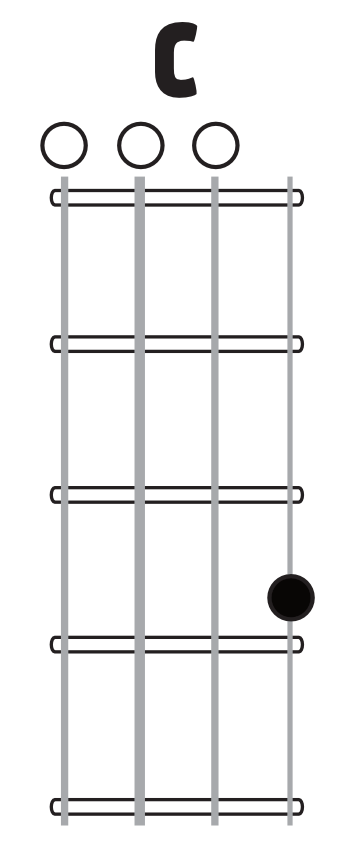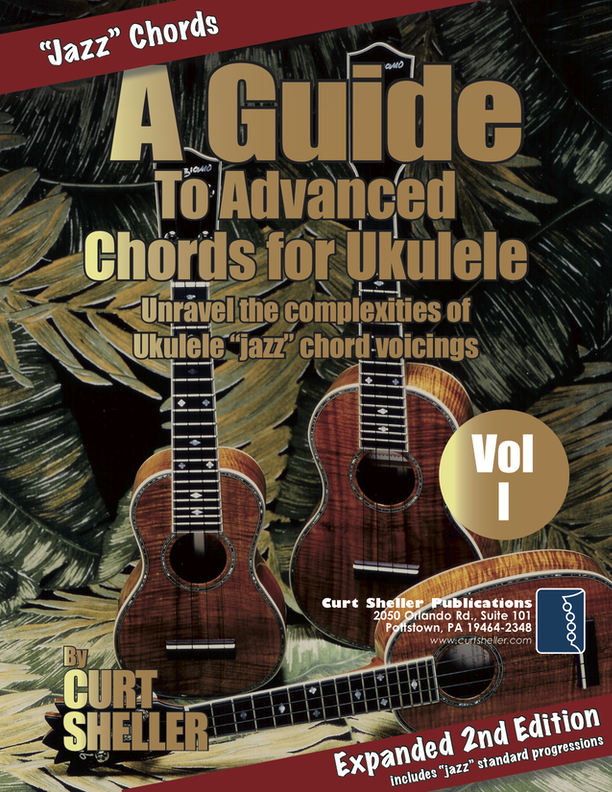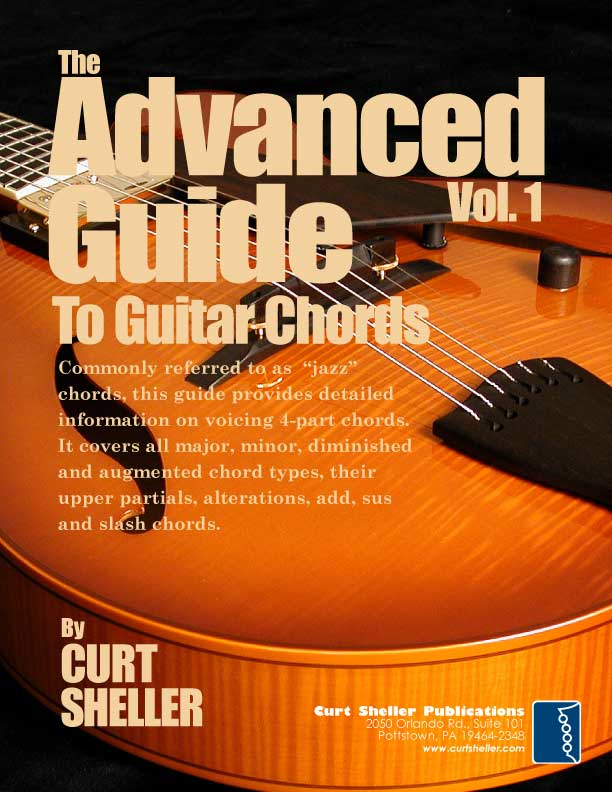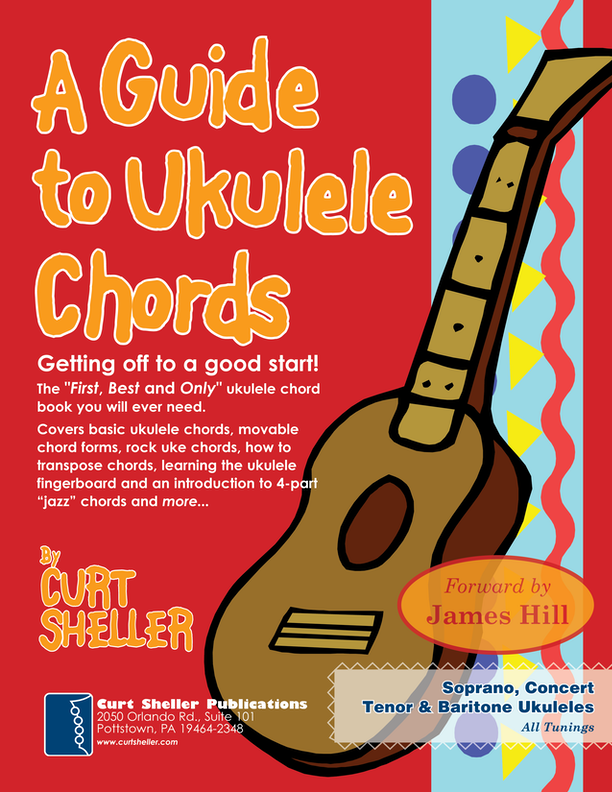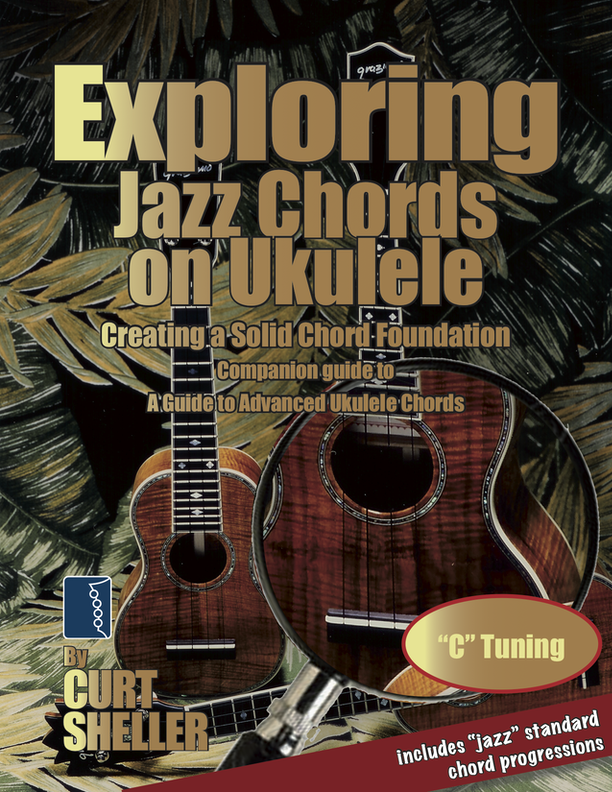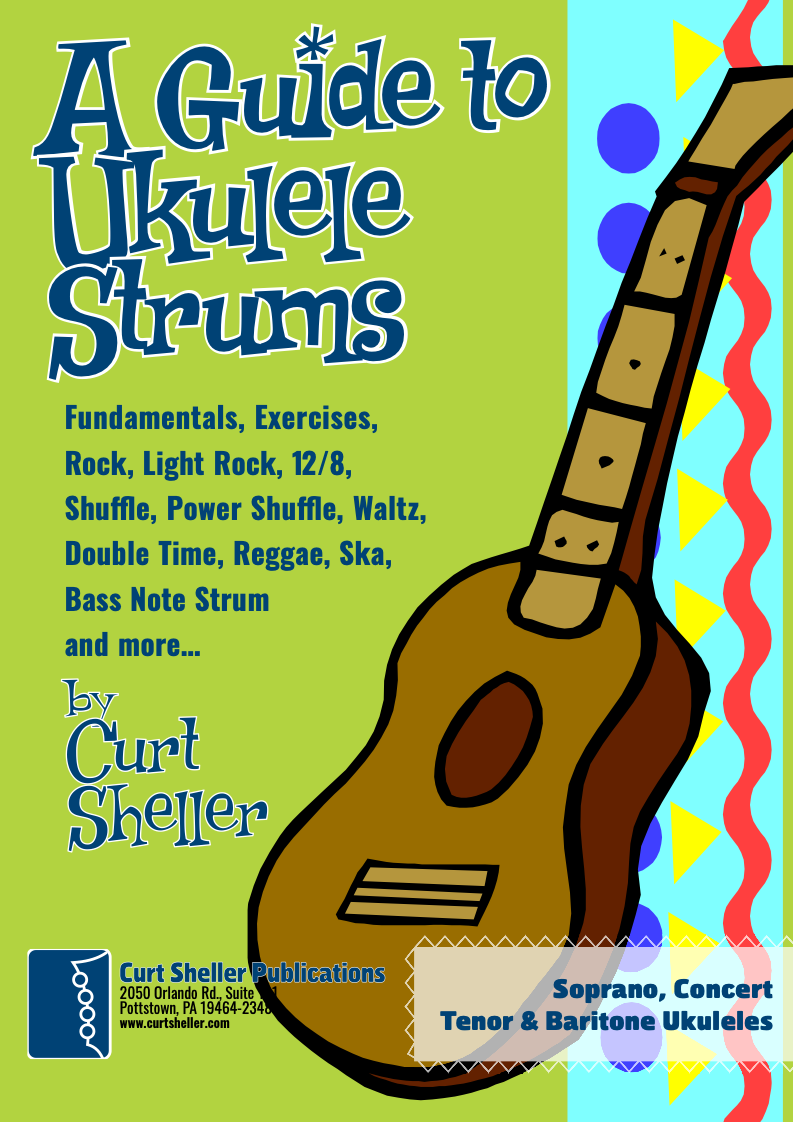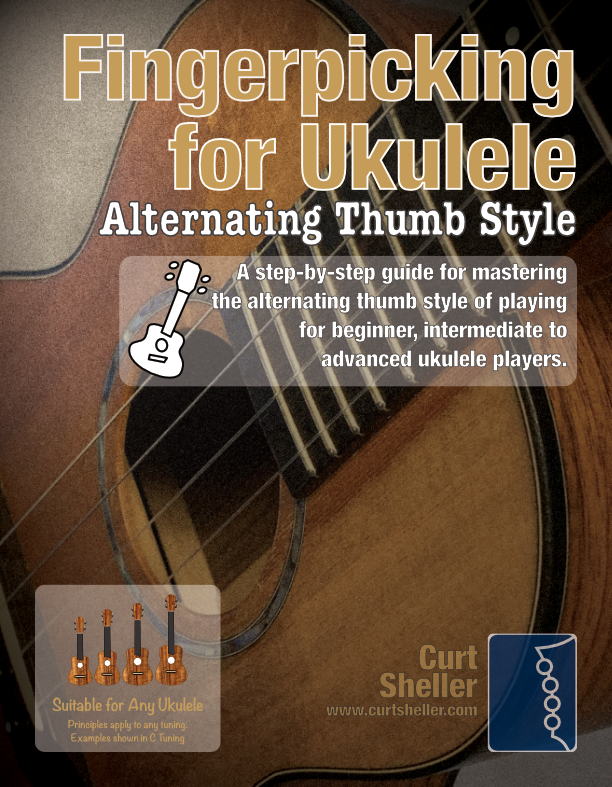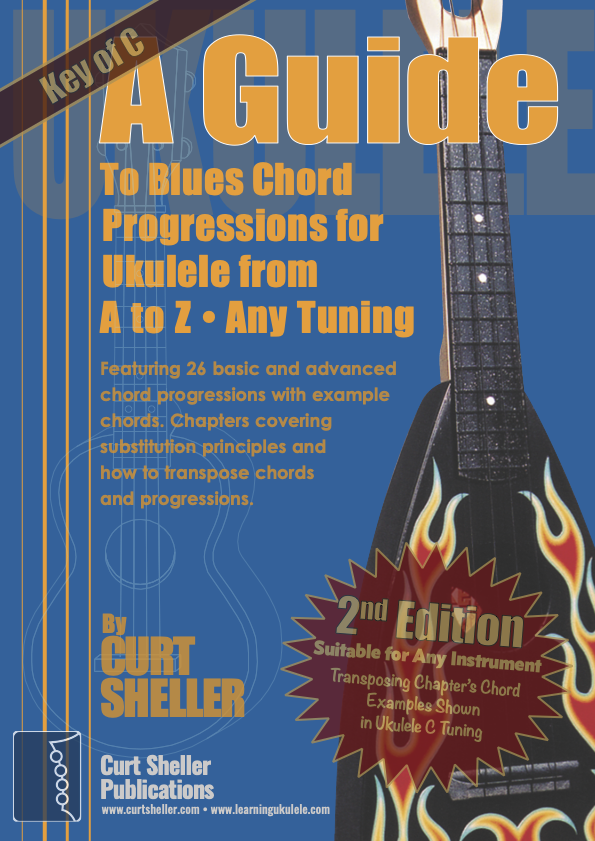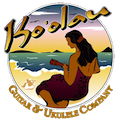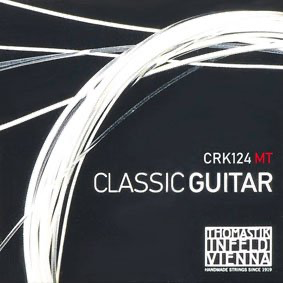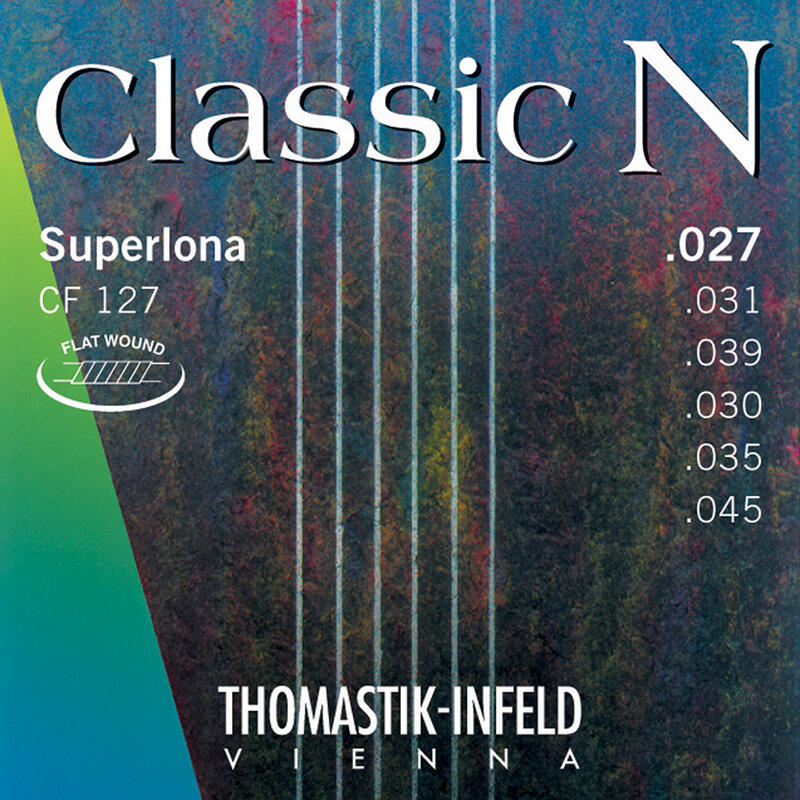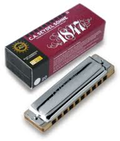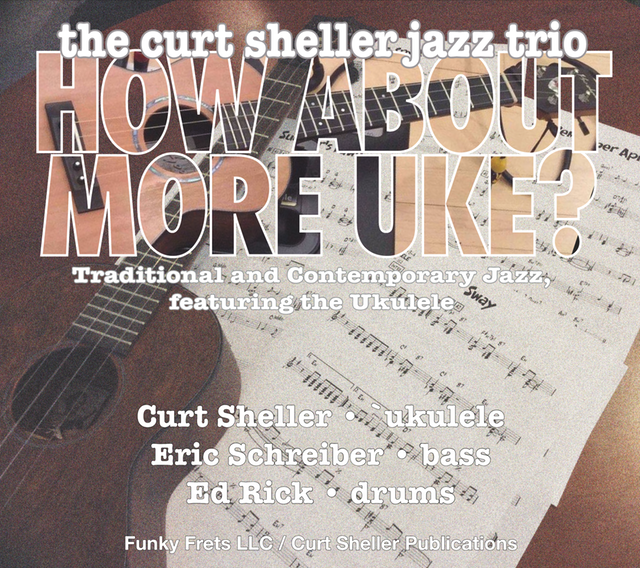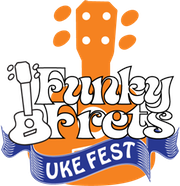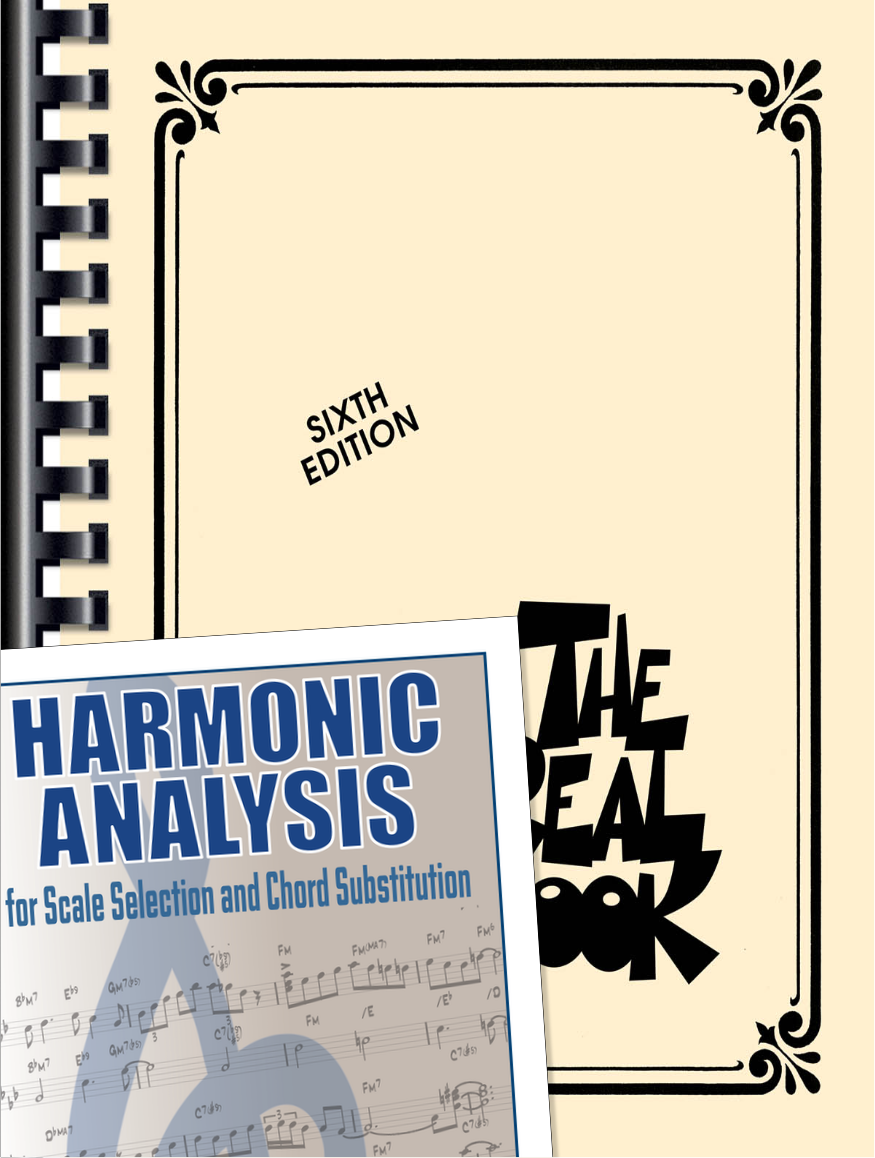Share Blue Bossa
on:
Bluesky
•
facebook
•
twitter (X)
Harmonic Analysis (RMA) Worksheet for the song: Blue Bossa.
Blue Bossa
Blue Bossa is an instrumental jazz composition by Kenny Dorham . It was introduced on Joe Henderson's 1963 album Page One. A blend of hard bop and bossa nova, the tune was possibly influenced by Dorham's visit to the Rio de Janeiro Jazz Festival in 1961. The tune has since been recorded numerous times by different artists, making it a jazz standard.
McKinley Howard "Kenny" Dorham (August 30, 1924 – December 5, 1972) was an American jazz trumpeter, singer, and composer. Dorham's talent is frequently lauded by critics and other musicians, but he never received the kind of attention or public recognition from the jazz establishment that many of his peers did. For this reason, writer Gary Giddins said that Dorham's name has become "virtually synonymous with underrated." Dorham composed the jazz standard "Blue Bossa", which first appeared on Joe Henderson's album Page One. (wikiwand) ·
Theses and many other chords are covered in the Learn A Chord A Day series of lessons.







INTERVALS: Root=note that begins a scale of the starting key; C is C, D is D, Am is a, Em is E, etc... m=minor; M=Major; P=Perfect; D=Diminished; A=Augmented. • ↑ is up/ascending; ↓ is down/descending;
Visit the Harmonic Analysis for Scale and Chord Selection series of lessons for information on creating a your own Harmonic Analysis Worksheet
A re-harmonization, in Red can be simple, sticking pretty close to the original composer's intentions or complex and a whole new set of chord changes.
D Locrian for the II V
The D Locrian is a very contemporary scale choice vs. the traditional Harmonic Minor scale typically used.
For a Turnback a II V or substitution works great.
Ralph Patt Vanilla Book
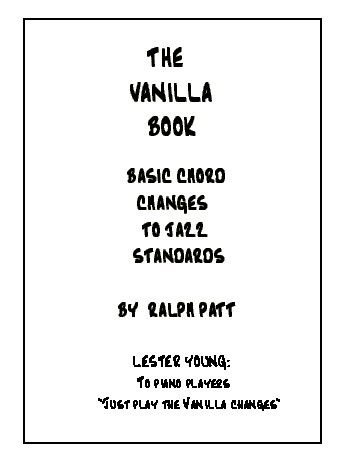
Checkout the Ralph Patt Vanilla Book Vanilla
changes for Blue Bossa • The Vanilla Book uncovers the basic ("Vanilla") chord changes to over 400 of the most commonly played jazz standards
to help the jazz player learn the basic changes
and allow the player to add embellishments and substitutions on a solid framework.
Embellishments to basic chords such as added 6ths, 9ths, 13ths, flat 5ths etc. are usually determined by the melody notes and the style of music being played.

A Harmonic Analysis (RMA/HA) and its worksheet are intended to show the function of the chords, the harmonic principles used, the keys and tonalities the song explores. And, can be used for scale selections and chord and scale substitutions.
<
NOTE: A Harmonic Analysis Worksheet is NOT intended to be a lead leadsheet.
Minimal roadmap information such as repeats, fines, D.S., D.C., and codas has been used in preparing the worksheets to somewhat mirror the leadsheet in the Daily Ukulele book.
The worksheets will show 1st, 2nd Ending, turnbacks, etc. as in indicated the Yellow Book
. You should start to recognize that 1st endings typically always return to a previous verse or an 

If turnback chords are not indicated for the these 1st and 2nd endings in the original Yellow Book leadsheet recommended chord(s) will indicated in parentheses or as an alternate harmony in Red . Typically the last measures or turnbacks will be a chord that resolves to and harmonically leads you to the next section or turning you back to the same section. Typically a V or direct substitution of that next chord.
This is the key of the source leadsheet.
- Blue Bossa is in 4/4, Common Time and the Key of Cm .
These are the harmonic principles used in Blue Bossa.
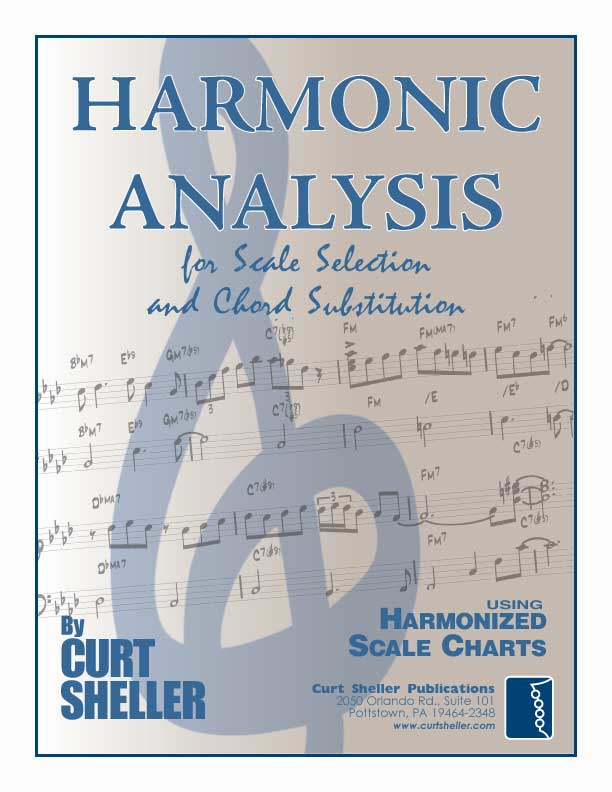
Nashville Numbering System always uses four bars/measures per line, no bar lines, and default is each number of the number of beats per bar/measure based on the time signature. If multiple chords in same bar then they are underlined. It can be as simple as convert the Roman Numerals above to Arabic number.
At its simplest you simply replace the roman numbers with aberic numbers. e.g., I becomes 1 , II becomes 2 , etc. The only exception is the bVII7 chord becomes 7 as this borrowed chord from the Mixolydian tonality is so common and the VII (half-diminished seventh) in a major chord is so rare (actually never).
Check the definitive book Nashville Number System
Once a Harmonic Analysis has been completed then scale selections can be made. These scale selections can be either vertical and horizontal choices. And, really only needed if you are going to take a solo or embellish the melody with added notes.
Traditional Scales:
Maj: Major (Ionian),
Dim: Diminished,
WT: Whole Tone,
Har Min: Harmonic Minor,
Contemporary Scales:
Minor Pent: Minor Pentatonic,
Pent: Major Pentatonic,
Blues,
Scale/Mode Names:
Ion: Ionian (Major),
Dor: Dorian (Minor),
Phrygian: Phrygian,
Lyd: Lydian,
Mix: Mixolydian (Dominant),
Aeol: Aeolian (Natural Minor),
Loc: Locrian
Checkout LESSONSeries : Harmonic Analysis for Scale and Chord Selection or download the Harmonic Analysis for Scale and Chord Selection book. And the QuickStart Series of Scale and Arpeggio books.
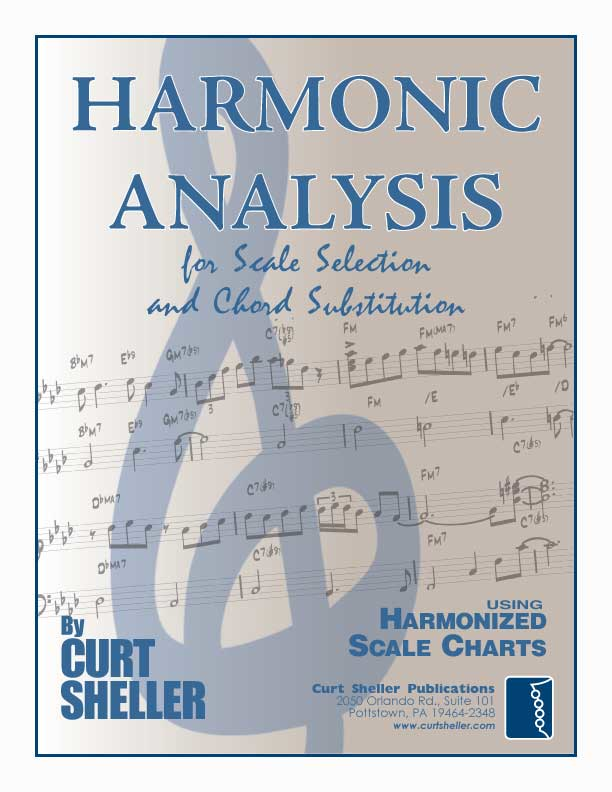

- (wikiwand) · Blue Bossa
- Blue Bossa •
Sign-IN — it's FREE — to view, un-blur any additional content for this lesson.
Related Lessons, Videos, Lesson Series, Songs, Books & Reference Charts, Resources & Assets, Workshops are below.
Related Lesson Series
Blue Bossa.

Harmonic Analysis for Scale and Chord Selection
Harmonic Analysis (HA), also known as the study of chord relationships, is the method used to identify the harmonic role of chords within a chord progression or song. A chord progression refers to a sequence of chords, with each chord having a root note and belonging to a specific chord type. The function of a chord within a particular scale's tonality is determined by its relationship to that scale.
Related Songs
Blue Bossa.
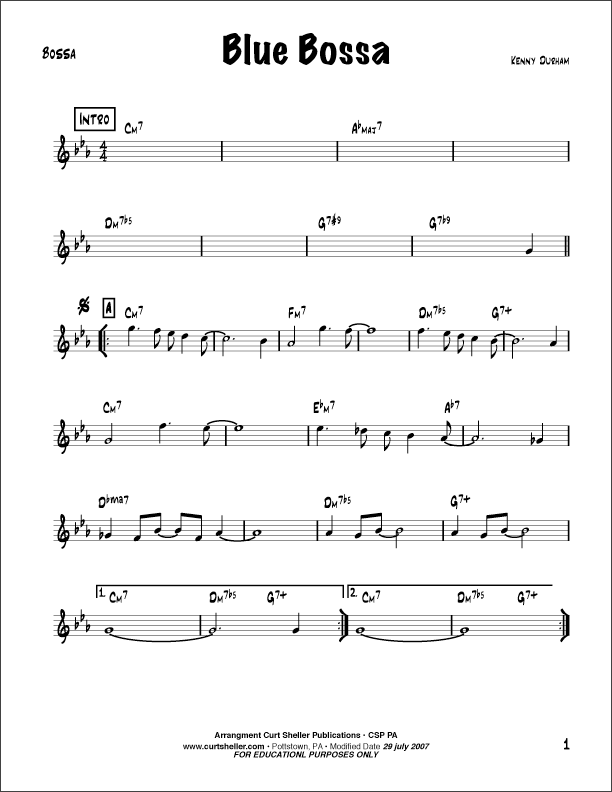
Blue Bossa
Blue Bossa is an instrumental jazz composition by Kenny Dorham (August 30, 1924 - December 5, 1972). It was introduced on Joe Henderson's 1963 album Page One. A blend of hard bop and bossa nova, the tune was possibly influenced by Dorham's visit to the Rio de Janeiro Jazz Festival in 1961. The tune has since been recorded numerous times by different artists, making it a jazz standard.
Related Books & Charts
Blue Bossa.

Harmonic Analysis for Scale Selection and Chord Substitution
Harmonic Analysis is the understanding of the functional sequence of chords. It is the process used to analyze the harmonic structure of a progression, song or composition. This analysis is then used to make scale selections for improvisation and chord substitution.
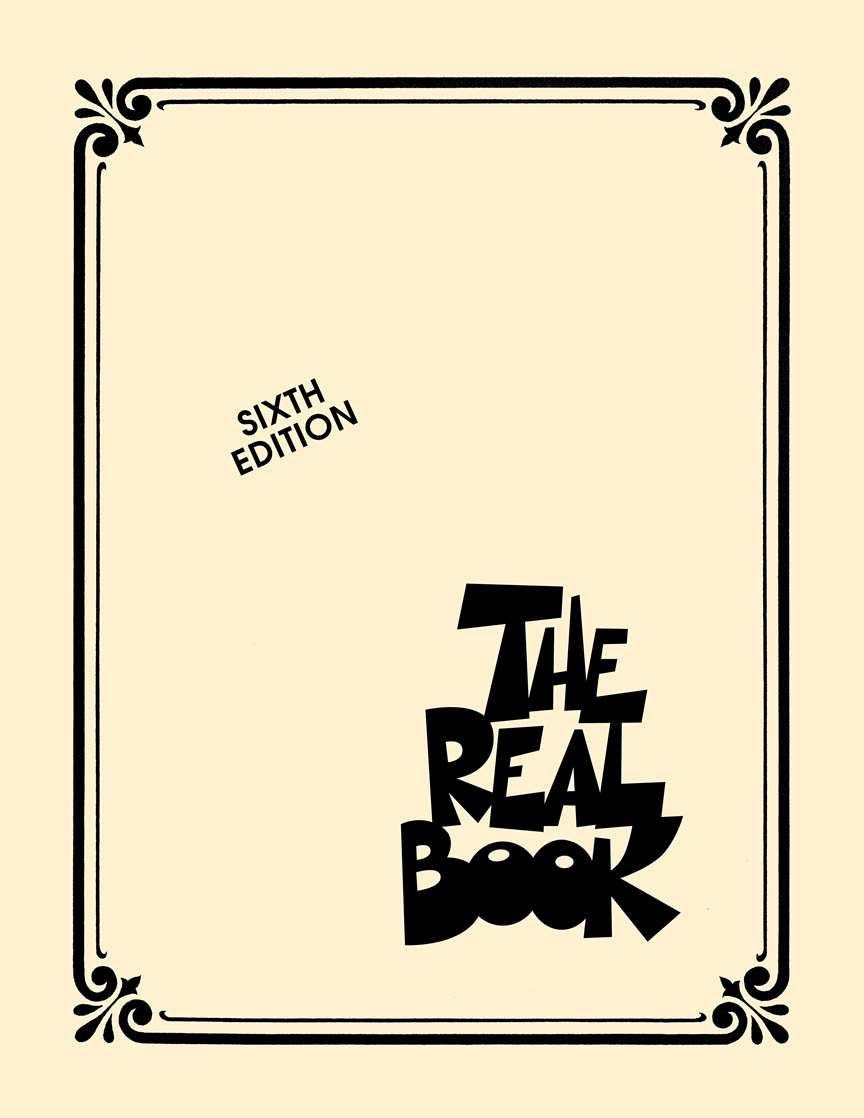
The Real Book – Volume I – Sixth Edition
The Real Books are the best-selling jazz books of all time. Since the 1970s, musicians have trusted these volumes to get them through every gig, night after night. The problem is that the books were illegally produced and distributed, without any regard to copyright law, or royalties paid to the composers who created these musical masterpieces.





Checkout the Books for additional Handy, Dandy Reference Charts.
Reference Charts



A handy reference chart of all 15 major and relative minor key signatures. US Letter 8.5 x 11 sized (ANSI-A), A4
Checkout the Books for additional Handy, Dandy Reference Charts.
